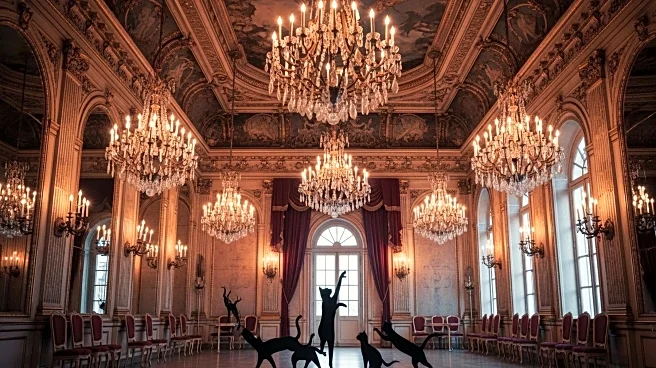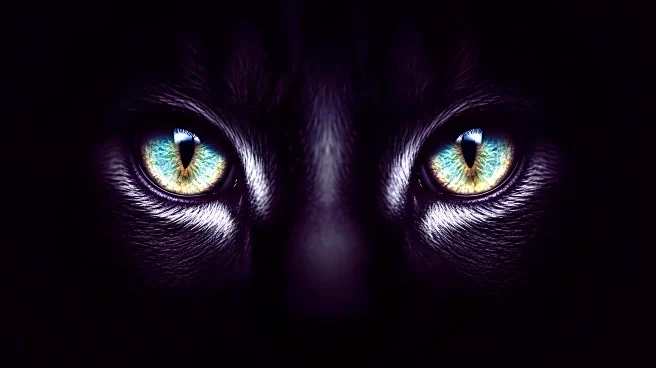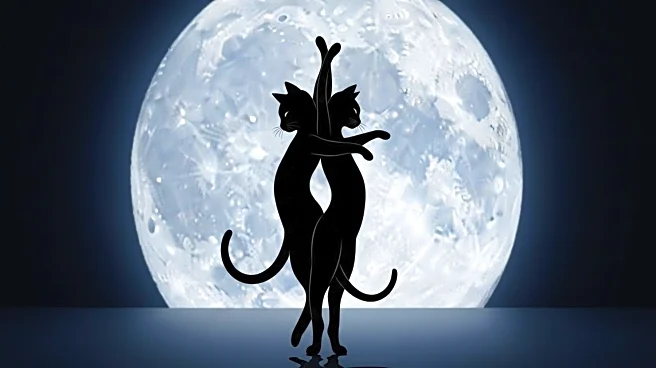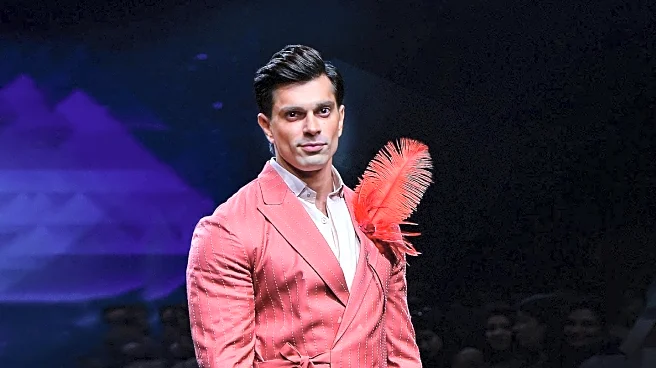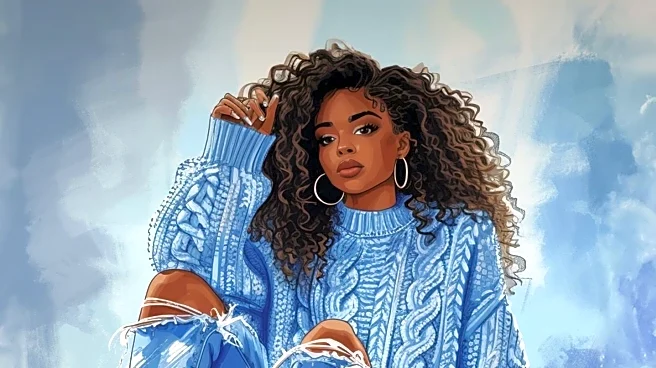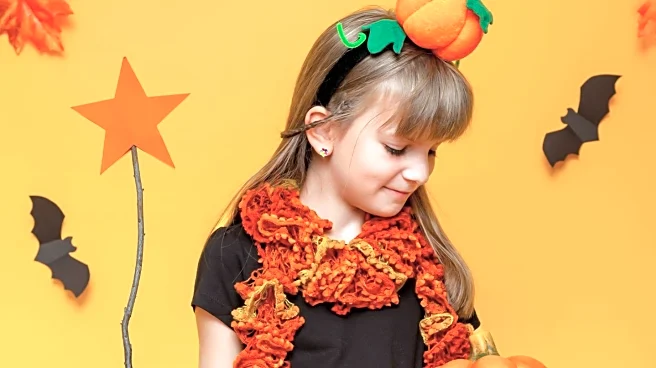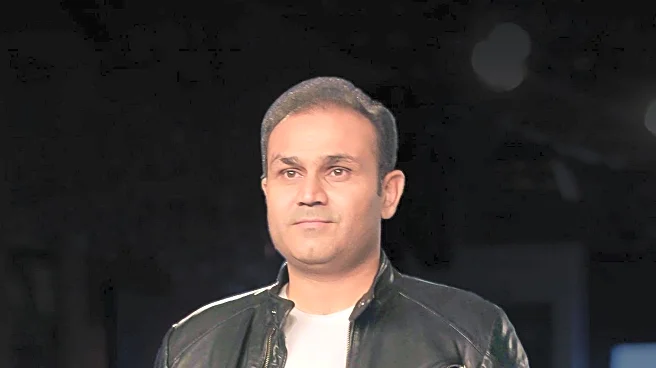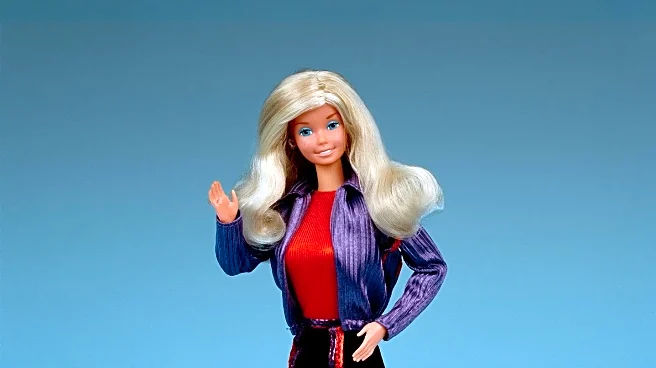What's Happening?
The iconic musical 'Cats' is set to return to Broadway with a fresh interpretation that shifts the setting from a junkyard to the vibrant underground ballroom scene. This new version, titled 'Cats: The Jellicle Ball,' reimagines the characters as human participants in dance competitions, rather than traditional feline portrayals. The production, which was previously successful at the Perelman Performing Arts Center in Lower Manhattan, will begin previews on March 18 and officially open on April 7 at the Broadhurst Theater. The musical retains its original music by Andrew Lloyd Webber and lyrics derived from T.S. Eliot's 'Old Possum's Book of Practical Cats.'
Why It's Important?
The revival of 'Cats' with a ballroom scene twist highlights the evolving nature of Broadway productions and their ability to adapt to contemporary cultural themes. By incorporating elements of the queer subculture, the musical not only broadens its appeal but also reflects the diversity and inclusivity that modern audiences seek. This adaptation could attract a new demographic to Broadway, potentially increasing ticket sales and revitalizing interest in classic musicals. The success of this production may encourage other shows to explore innovative reinterpretations, fostering creativity and diversity in the theater industry.
What's Next?
As 'Cats: The Jellicle Ball' prepares for its Broadway debut, theater enthusiasts and critics alike will be watching closely to see how this new interpretation is received. The production's success could pave the way for more unconventional adaptations of classic musicals, influencing future Broadway trends. Additionally, the integration of ballroom culture may inspire collaborations between theater and dance communities, leading to new artistic expressions and opportunities for performers. Stakeholders in the theater industry will likely monitor audience reactions and box office performance to gauge the potential for similar ventures.
Beyond the Headlines
The adaptation of 'Cats' to include elements of the ballroom scene raises important discussions about representation and inclusivity in the arts. By embracing queer subculture, the production challenges traditional norms and promotes acceptance and visibility for marginalized communities. This shift may encourage other cultural institutions to consider how they can better reflect diverse identities and experiences in their programming. Furthermore, the success of such adaptations could influence broader societal attitudes towards inclusivity and diversity, contributing to a more accepting and open-minded cultural landscape.

